Can you paint over old paint?
Is it time to repaint your facade? Or maybe there’s a piece of furniture, a door, or a boat that needs some freshening up? Whatever it is you’re repainting, you’re bound to be thinking about whether you need to remove the old paint before applying the new layer or if cleaning the substrate and painting over the old paint will do.
So: Do you need to remove the old paint? The short answer is: No, you can paint over old paint—but there are pros and cons to both methods.
Speedheater vs. Painting over old paint
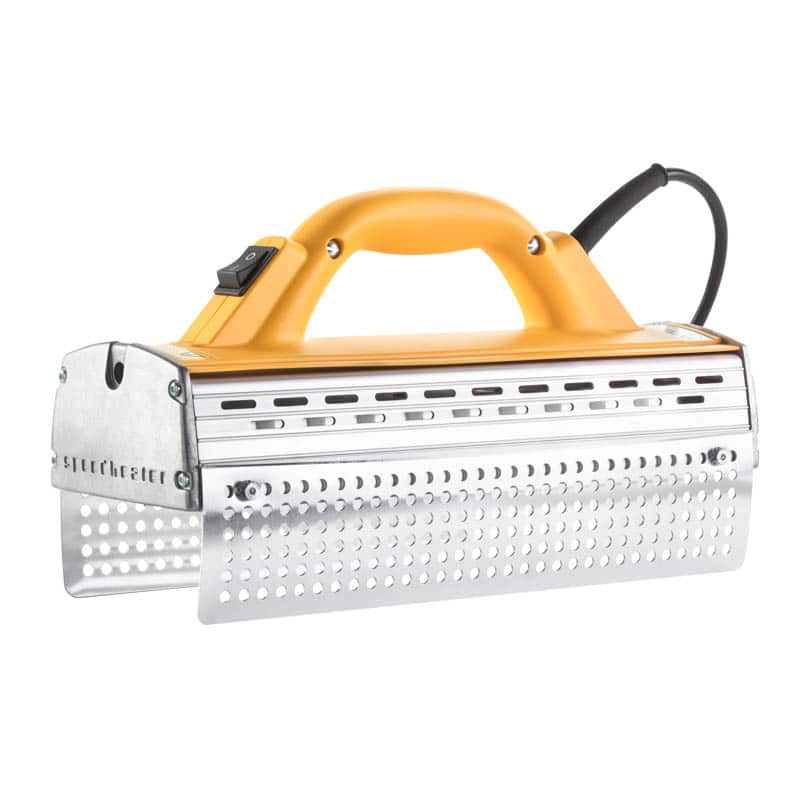
Speedheater IR Technology
How does the method work?
Infrared heating softens the paint and makes it easy to scrape off. Then you can immediately paint on a clean wood surface.
Result
Evenly good-looking result that will last long.
Risk of material damage
Low heat and spark-free technology mean a low risk of fire and burns on surfaces. Moreover, the end result will most often have improved durability, leading to a smaller risk of damage caused by water and humidity.
Cost
In the short term, a high acquisition cost. In the long term, a long lifespan, low energy usage, and a result that saves you from having to repaint for quite some time.
Resale value
High resale value.
Time required
Quick heating that covers large surfaces. Minimal work needed before and after.
Lifespan
Painting a clean wood surface ensures the paint sticks better and is as durable as possible.
Versatility
Perfect for both small and large projects and suitable for different kinds of substrates.
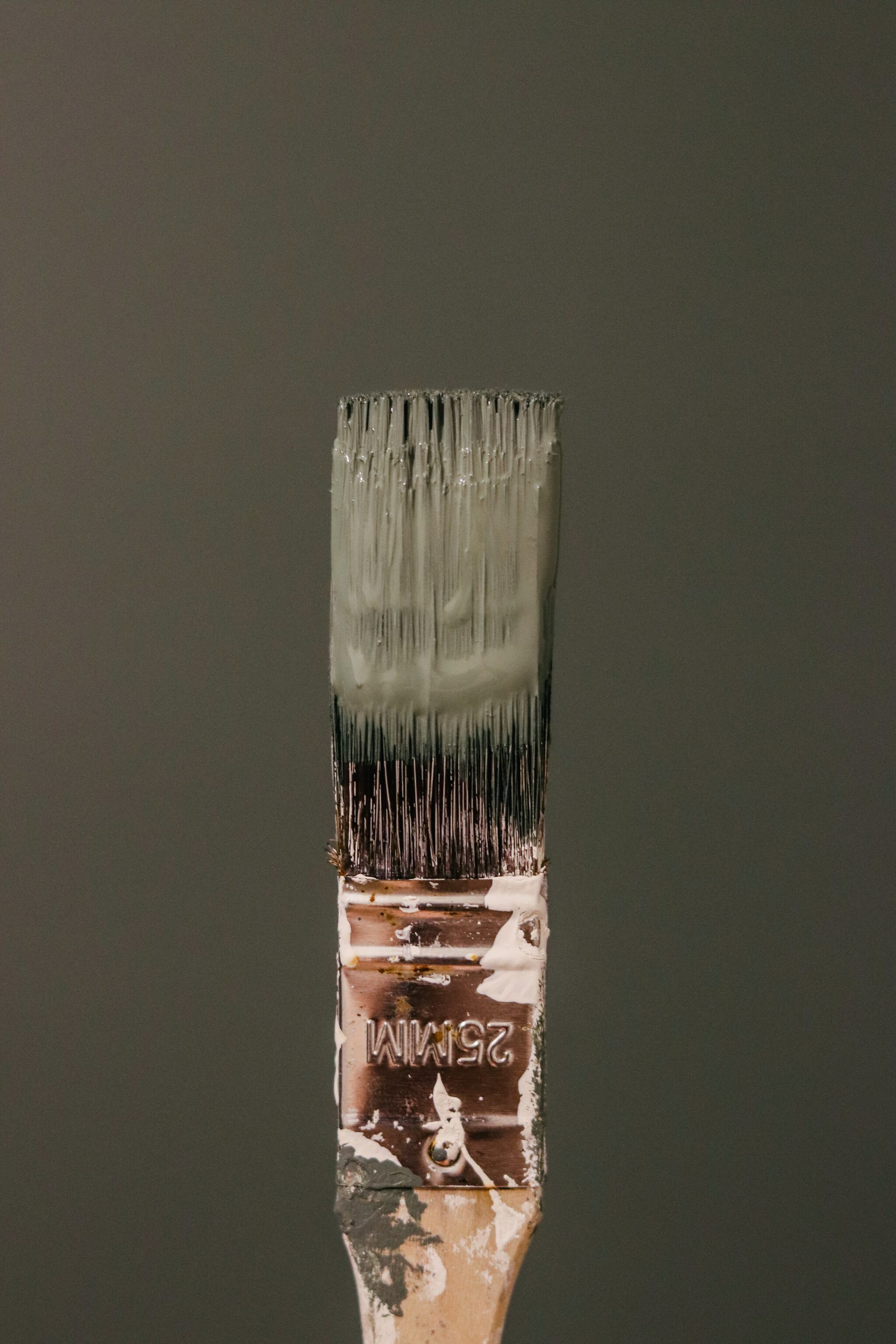
Painting over old paint
How does the method work?
Clean the substrate, let it dry for 2–4 days, and then paint over the old paint.
Result
Depends on the condition of the substrate. Generally speaking, a somewhat uneven result that won’t last as long.
Risk of material damage
If the old paint is not the same type as the new one, there is a risk that the end result will be poor, bubbles, or comes off completely. If the paint loses adhesion, humidity might get in and ruin the wood.
Cost
In the short term, the cheaper choice. But you will likely have to repaint again after a shorter time.
Resale value
None. On the other hand, the acquisition cost of pre-paint cleaner and wipes is not particularly high.
Time required
After cleaning the substrate, you’ll have to wait 2–4 days for the surface to dry.
Lifespan
The paint often won’t stick to the surface as well and the result is uneven. There is a risk that the paint starts flaking off, necessitating a new repaint.
Versatility
Suitable for surfaces whose paint is in good condition and that you want to repaint with the same color.
When should you choose Speedheater?
Removing old paint is not a must as long as it hasn’t started to crack, flake off, or loosen. If it has, it’s very important to scrape off all the paint from the surface affected. If the old paint still looks good it’s okay to paint over it, but for the absolute best results you need to scrape off all the old layers of paint and repaint on a dry, even, and clean surface. This will give you a neat finish that will last long without cracking or flaking.
With Speedheater’s paint removal tools you can remove all paint layers all the way down to the wood in an efficient and user-friendly way. Using infrared beams, Speedheater heats up the paint to loosen its adhesion to the substrate easily. Then you can scrape off all the paint in one fell swoop and get an even, clean, and dry surface just begging for a fresh coat of paint!
This is the best method if you want a good-looking and long-lasting result and could see yourself either investing in a Speedheater or alternatively renting one.
When is it best to paint over old paint?
Painting directly over old paint is fine if your substrate is dry, clean, and solid. If you’re repainting a boat or the face of a building, for example, you need to keep in mind that these kinds of surfaces can collect a lot of dirt, mold, and algae. Air pollution is especially common in urban areas, and particulate matter sticks to both vertical and horizontal surfaces. For this reason, all kinds of outdoor surfaces must be cleaned thoroughly with pre-paint cleaner and then rinsed. Then the substrate must be allowed to dry, which usually takes from two to four days, depending on the prevailing weather conditions.
Even if you’ve decided to repaint over old paint, you’ll need to go over all the surfaces and make sure the paint hasn’t cracked or come loose anywhere. And if it has, you’ll need to scrape off the paint from the affected area.
Painting over the old paint is—in the short term—a more cost-efficient and time-saving method, best if the previous paint layer is in good condition. However, it may be best to remember that it might take a shorter time until you have to repaint the surface again, as this method is just not as durable. So make sure to include the costs and working hours of future repaints in your calculations.
Another thing to keep in mind is that different kinds of paint aren’t all as accepting towards being painted over. Take the previous paint layer into account and try to choose the same kind of paint that is already on the surface. If you don’t use the same kind of paint when applying the new layer, there is a risk that the paint comes off or that it ruins the facade.
Which paint does my facade have?
Oil paint
On surfaces more exposed to rough weather it’s not unusual for oil paint to fade. The surface can become more matte, faded, and somewhat patchy. In less exposed places, for example surfaces covered by roofs, facing north, or often protected against wind, it’s common to see dirt accumulate. If the layer of paint is thick, it might even crack and lead to the paint flaking off.
Alkyd oil paint
This kind of paint often remains shiny longer than oil paint, especially on sheltered surfaces, and fades at a later stage. If you try sanding the paint with sandpaper, it’ll become a kind of dust. What both oil paint and alkyd oil paint have in common is that if you drip on a little caustic soda lye and then scrape the paint film, the paint loosens.
Latex and acrylic paint
Instead of fading or cracking, acrylic paint tends to remain neat for a very long time. You can recognize the paint by sanding it because it’ll stick to the sandpaper, and if you look close enough with a magnifying glass, you’ll see that the paint surface has a porous structure. This surface structure can also become a foothold for dirt.
You can also try heating up a flake of paint in warm water; acrylic paint will typically soften. It will also loosen if you apply a few drops of industrial alcohol and then scrape off the paint.
Incredibly fast!
“Wow, what a design! Impressively fast, well balanced, easy and smooth to work with, and completely silent.”
The Cobra beats the competition!
“The Cobra simply dominates; fast and smooth.”

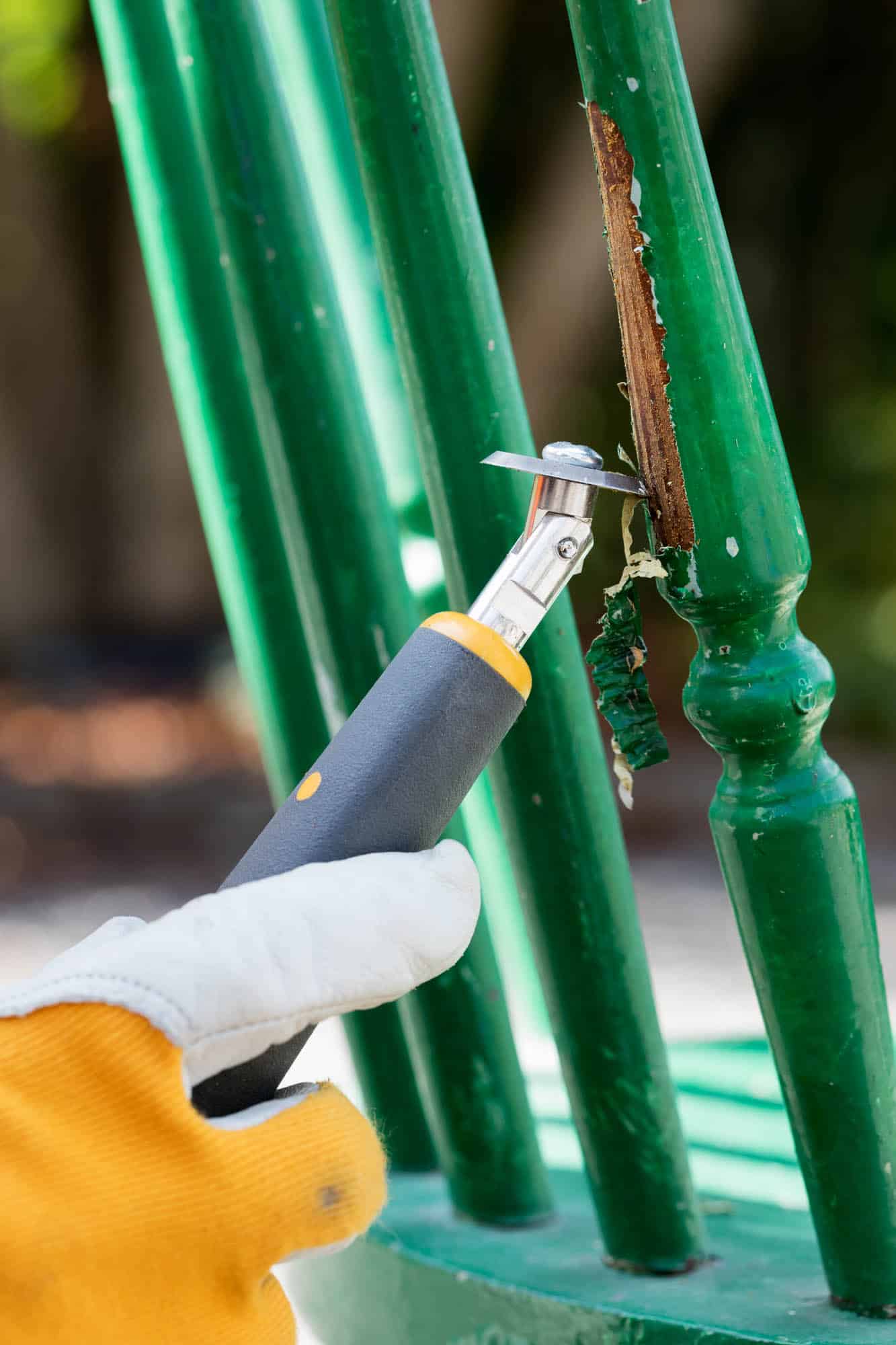
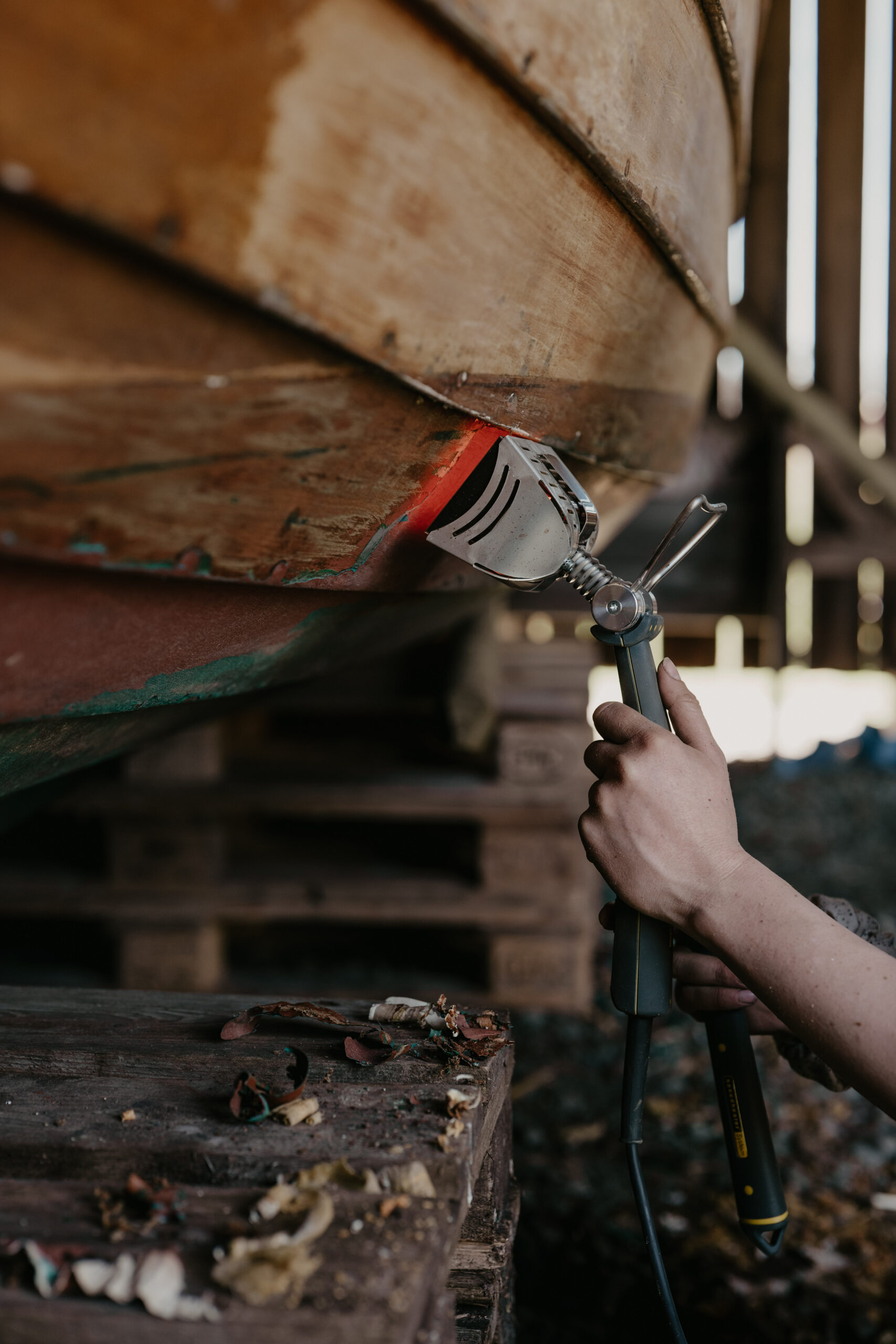
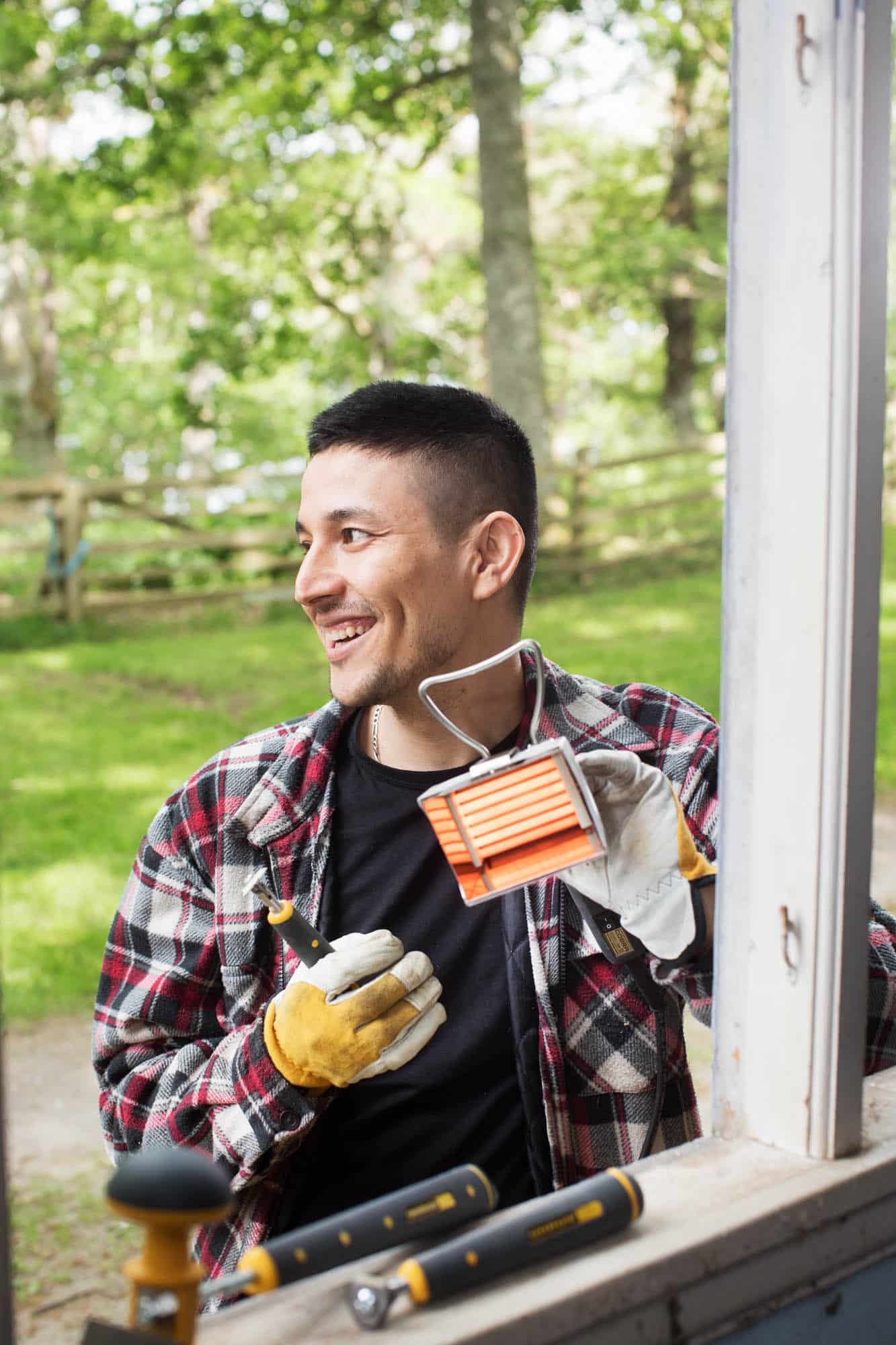
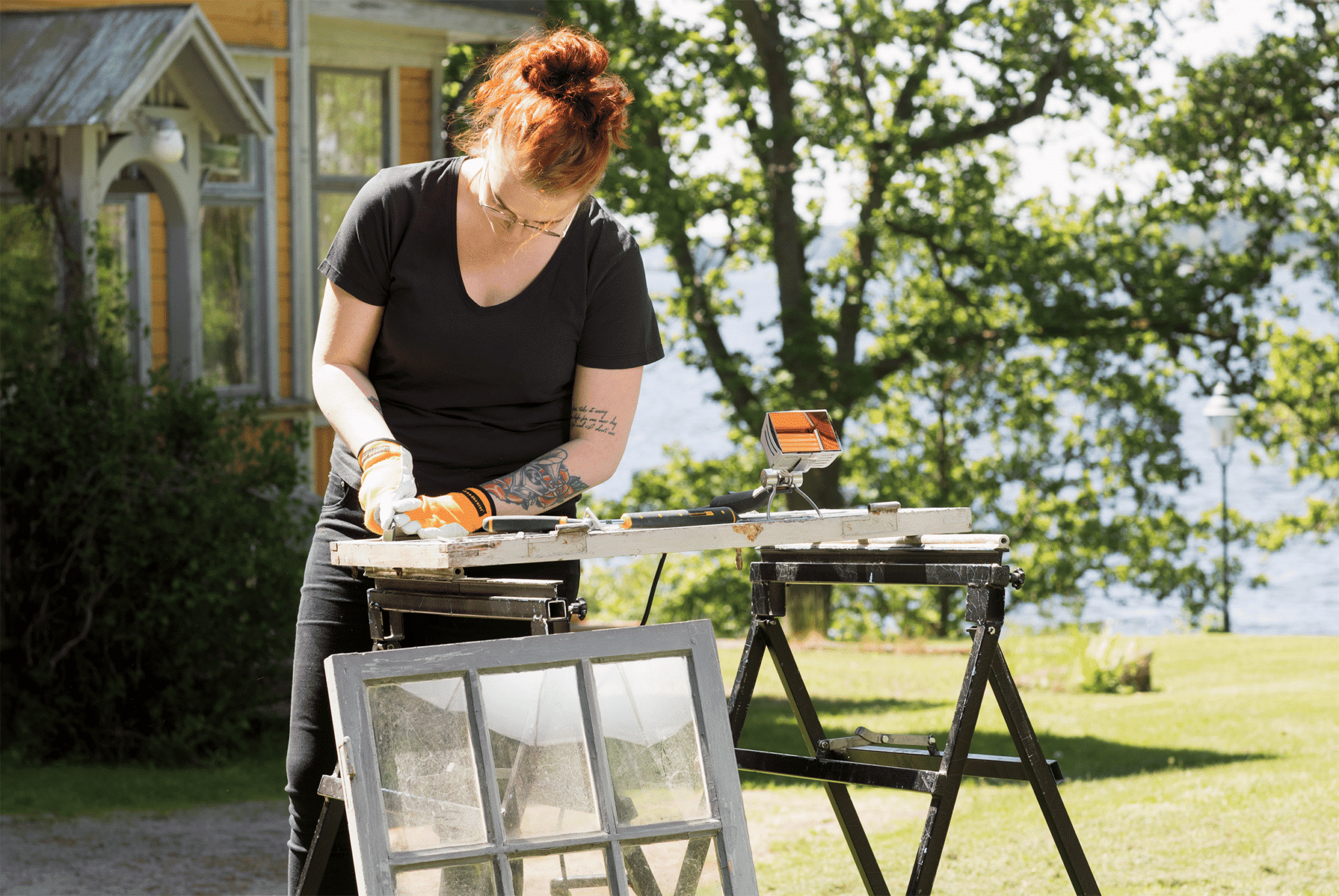


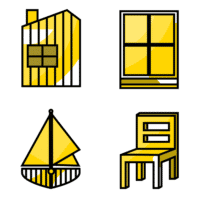





 Svenska
Svenska Français
Français